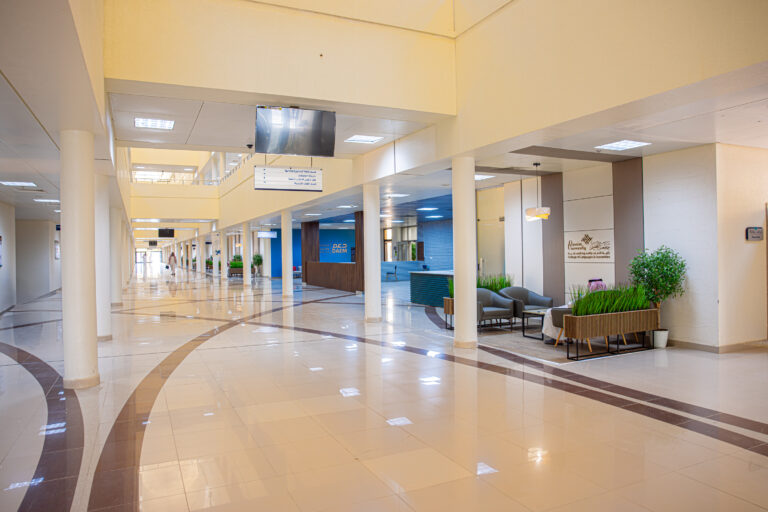Jurisprudence section

Head of Department:
Dr. Saad bin Ali Al-Jaloud
Office :
Main Building QU-UC-A6-L2
Phone number :
16595
e-mail:
fiqgah@qu.edu.sa
Vision
A distinguished department - locally and regionally - in specialized jurisprudential studies, supporting research competencies, and contributing to the preparation of specialists in the Shari'ah sciences.
Mission Statement
Providing an accredited and advanced university education to prepare fully qualified competencies in Islamic jurisprudence that meet the needs of society and the labor market, providing distinguished community and applied research services that improve the local community and contribute to building the knowledge economy, using the latest administrative, technical and information methods, activating partnership with scientific departments in the college, building national and international partnerships, and developing the department's human and material resources.
An Overview
The Department of Jurisprudence was established at the beginning of the academic year 1396/1397 AH under the Royal Approval No. 3/C/20527 dated 26/8/1396 AH under the name (College of Sharia and Arabic Language in Qassim) and was then affiliated to Imam Muhammad bin Saud Islamic University in Riyadh, then the college was separated by Royal Directive No. 3/M/14371 dated 19/6/1401 AH into two colleges, namely: 1. College of Shari'ah and Fundamentals of Religion. 2. College of Arabic and Social Sciences. After the merger of the two branches of Imam Muhammad bin Saud Islamic University and King Saud University in Qassim under the shadow of one university under the name (Qassim University) by the Royal Decree No. 7/B/2242 dated 10/5/1424H. In 1430 A.H., approval was given to change the name of the college to the College of Shari`ah and Islamic Studies, and the Department of Jurisprudence became affiliated with it and one of its departments until now. The Department of Jurisprudence includes scientific courses at the bachelor's level, the master's program and the doctoral program according to the plans approved by the university.
Objectives :
1- Raising the quality of education in all the department's undergraduate and graduate programs.
2- Achieving excellence in programs to obtain national and international academic accreditation.
3- Raising the level of community service activities provided by the department.
4- Providing applied jurisprudential research, especially on contemporary issues to meet the requirements of development.
5- Building and raising the merit and competitiveness of the student.
6- Introducing new study programs capable of meeting the requirements of development and community needs.
7- Developing the level of administrative, technical, and information performance in the department for all its members (administration, faculty members, students, and employees).
8. Building distinguished partnerships with counterpart scientific departments and relevant local, national and international institutions.
9- Searching for renewable sources of funding, diversifying them, and rationalizing spending.
10- Developing infrastructure, preserving its elements, and maintaining its effectiveness.
11- Attracting competencies and ensuring the satisfaction and retention of human resources in the department.
